AI Fundamentals: Essential Knowledge and Applications for Fashion & Luxury
Artificial Intelligence (AI) is transforming industries, and understanding its core concepts is crucial for leveraging its potential. This post aims to demystify AI and explore its practical applications in fashion eCommerce.
Understanding AI: Key Concepts
AI Defined:
AI isn’t a magical tool but a broad field of computer science focused on creating systems capable of tasks that typically require human intelligence, such as speech recognition, decision-making, and language translation.
AI is rapidly becoming part of every day operations for fashion brands, from trends analysis to customer services, AI will increase efficiency in all activities of the value chain.
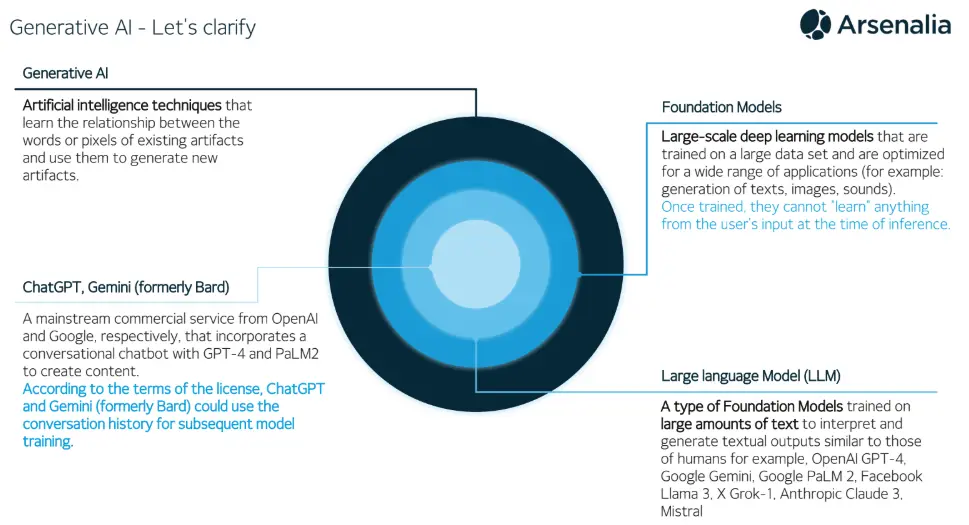
Terms to know in AI
- Algorithm: A set of rules a computer follows to solve problems or complete tasks, forming the backbone of AI systems.
- Data Set: A collection of data used to train and test machine learning models. The quality and quantity of this data are critical for performance.
- Training and Testing: Training involves teaching a model using a dataset, while testing evaluates its performance with new data.
- Supervised vs. Unsupervised Learning: Supervised learning uses labeled data to improve accuracy through feedback, whereas unsupervised learning discovers hidden patterns without explicit guidance.
- Model: The result of applying an algorithm to data, representing learned patterns for making predictions or decisions.
- Neural Networks: Inspired by the human brain, these interconnected units (neurons) work together in layers to process information.
Machine Learning vs. Deep Learning
Machine Learning (ML):
A branch of AI that uses algorithms to learn from data and make predictions. ML models are generally simpler and require less data and computational power compared to deep learning.
Deep Learning (DL):
A subfield of ML that employs neural networks with many layers to analyze vast amounts of unstructured data, such as images and text. DL models are more complex and demand significant computational resources.
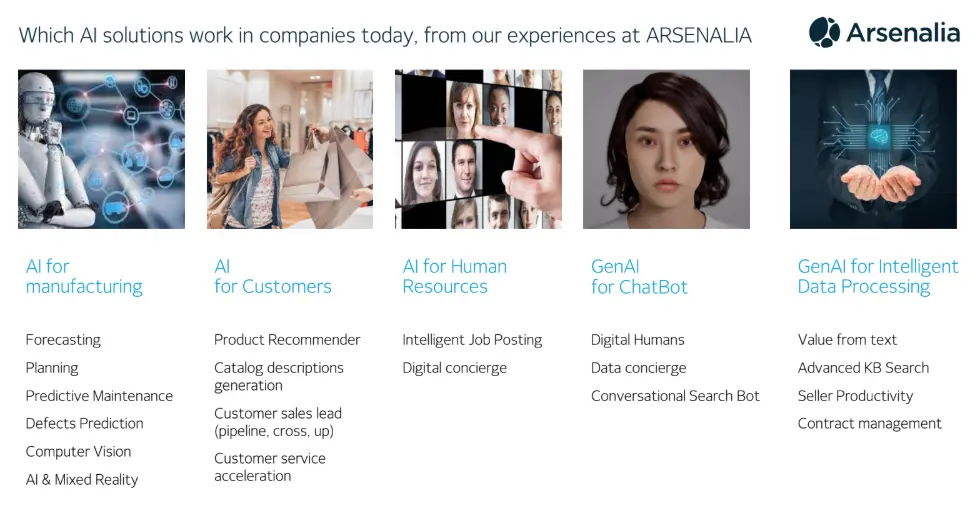
Practical AI Applications in Fashion eCommerce
1. Automated Product Descriptions:
AI can revolutionize product description creation by leveraging existing company data to generate descriptions automatically. This approach reduces time and costs, ensures consistency across markets, and supports multiple languages. It also allows for manual review to maintain quality.
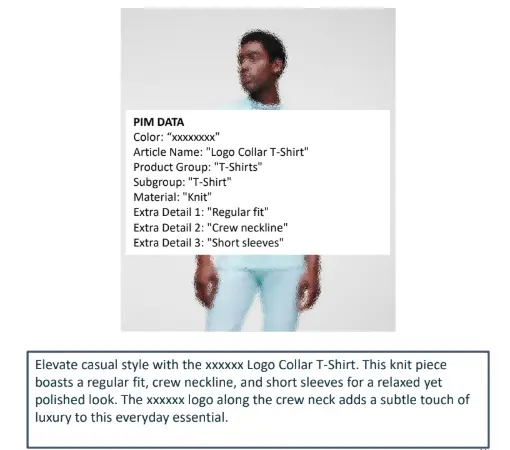
2. Enhanced Customer Support:
AI-driven intelligent agents can interpret and index information from various document formats to provide accurate, immediate answers to customer queries. This reduces the load on customer service teams, enhances customer experience, and streamlines operations.
3. Personalized Shopping Experiences:
By understanding customer behavior, AI can offer tailored product recommendations, making the shopping journey more engaging and efficient. Digital shop assistants can interact in multiple languages and provide context-aware suggestions.
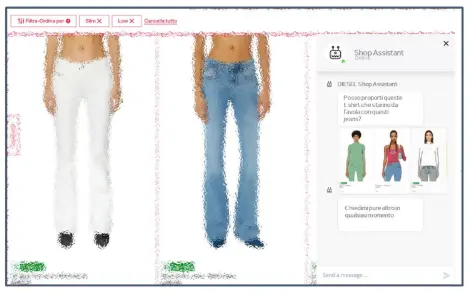
4. AI-Driven Customer Insight and Service Enhancement
Today, we explore how leveraging AI can significantly enhance our services by listening closely to market feedback. Utilizing systems like Trustpilot and advanced AI tools, we analyze vast amounts of unstructured data from various sources, including textual feedback, social media reviews, support tickets, and audio messages from call centers. Our goal is to transform this unstructured data into actionable insights, visualized through dashboards or used to trigger marketing automation journeys.
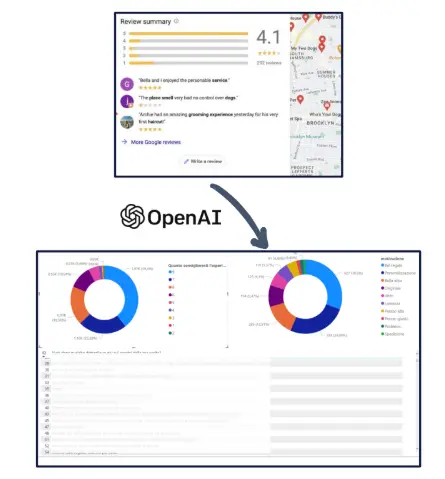
To tackle these challenges, we adopted a project approach focusing on creating advanced sentiment analysis solutions. These solutions not only identify key topics and customer sentiments but also integrate this structured data into our business analytics systems. This enables us to improve service and product quality, make informed decisions, and directly address customer needs.
Case Study Highlights:
- Sentiment Analysis: AI-driven sentiment analysis consolidates customer feedback across digital platforms, highlighting issues and opportunities. This allows for real-time response and service improvements.
- Automation of Insights: The system automates the collection, indexing, and reporting of data, saving significant time and resources.
- Audio Data Analysis: Speech-to-text models convert audio messages into structured data for analysis, aiding in customer service and enhancing decision-making processes.
- AI-Powered Chatbots: Implementing AI-driven voice assistants provides 24/7 customer support, reducing costs and maintaining service quality.
Path to AI Implementation:
- Understanding Business Processes: Map out and define business processes and objectives.
- Technological Assessment: Evaluate the impact of AI and prepare data accordingly.
- Pilot Projects: Start with small, quick projects to generate initial value, then optimize and scale.
- Team Expertise: Assemble a team with AI-specific skills to manage and expand AI initiatives.
ROI and Benefits:
- Operational Efficiency: Automation reduces task execution time and minimizes errors.
- Cost Reduction: Streamlined processes lead to significant cost savings.
- Actionable Insights: Data-driven decisions enhance strategic planning.
- Product Innovation: AI fosters new product development, giving a competitive edge.
- Risk Management: AI helps in identifying and mitigating risks, ensuring compliance.
AI in Shopify eCommerce: Shopify offers various AI-powered tools for content creation, translation, and reporting, depending on the subscription plan. It’s essential to align AI tools with specific business processes to maximize benefits.
This article is based on the webinar “fashion + AI” in collaboration between Digital Fashion Academy and Alpenite.
Conclusion
AI offers significant advantages in fashion eCommerce, from automating product descriptions to enhancing customer support and personalizing shopping experiences. By integrating these AI-driven solutions, businesses can improve efficiency, reduce costs, and deliver superior customer experiences.